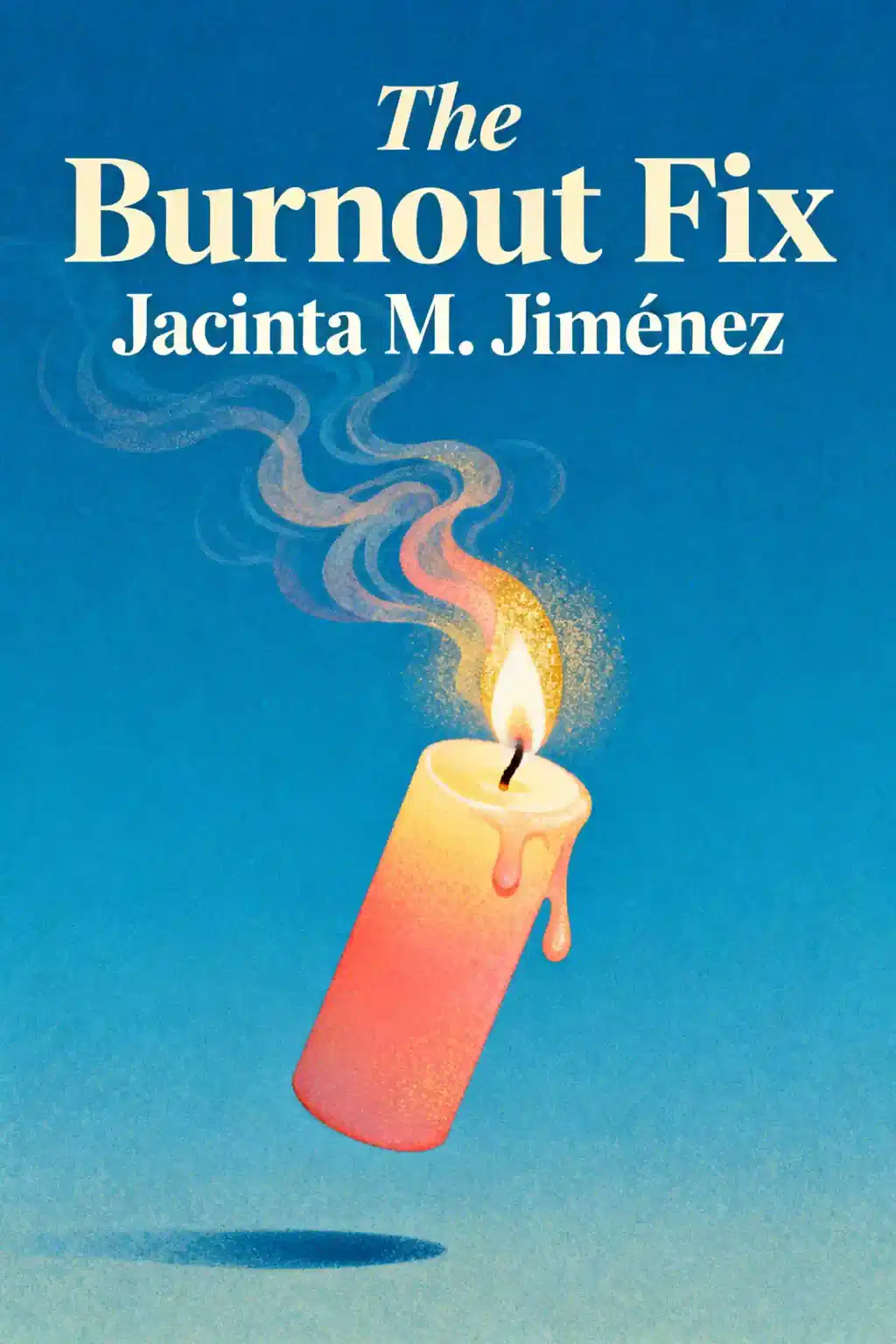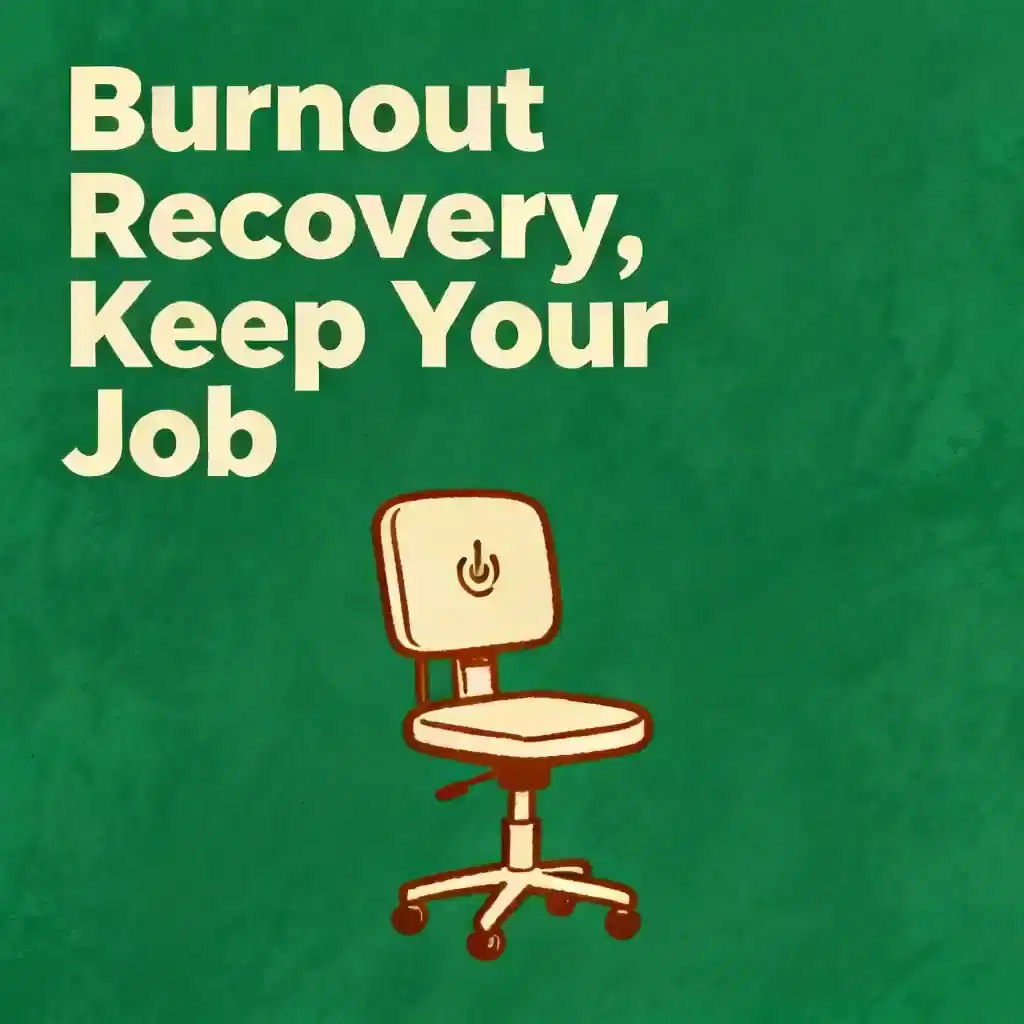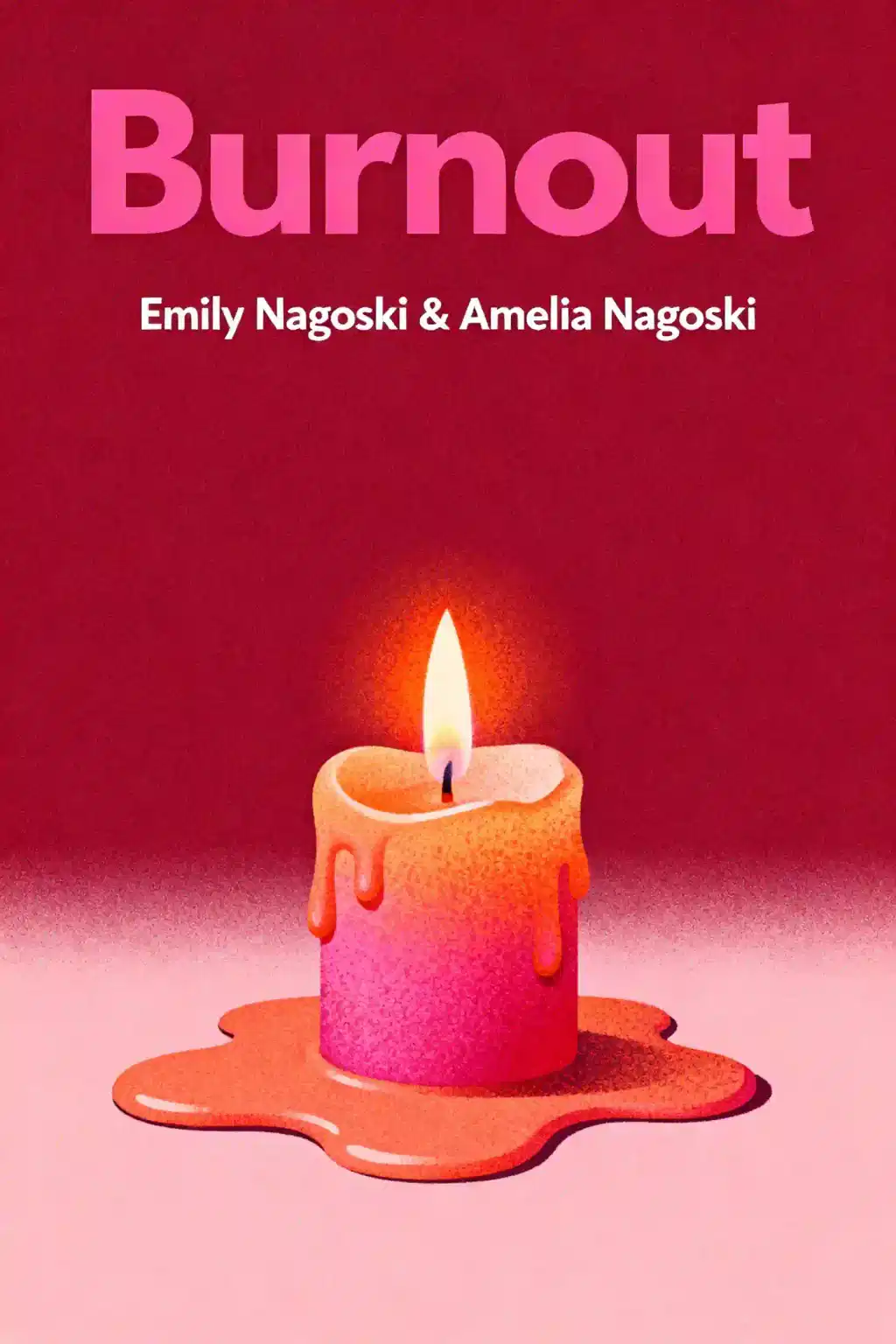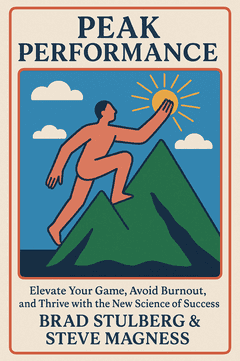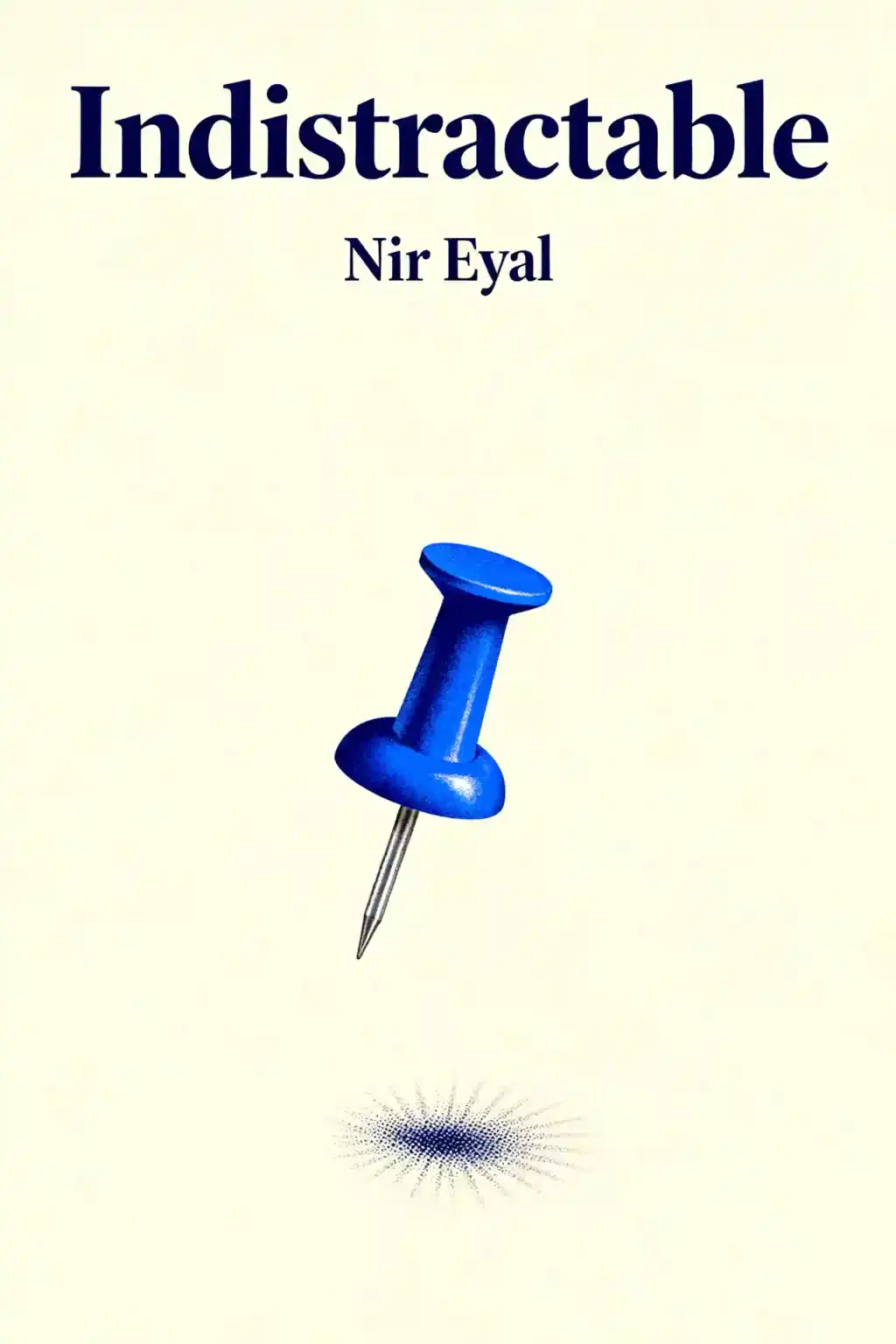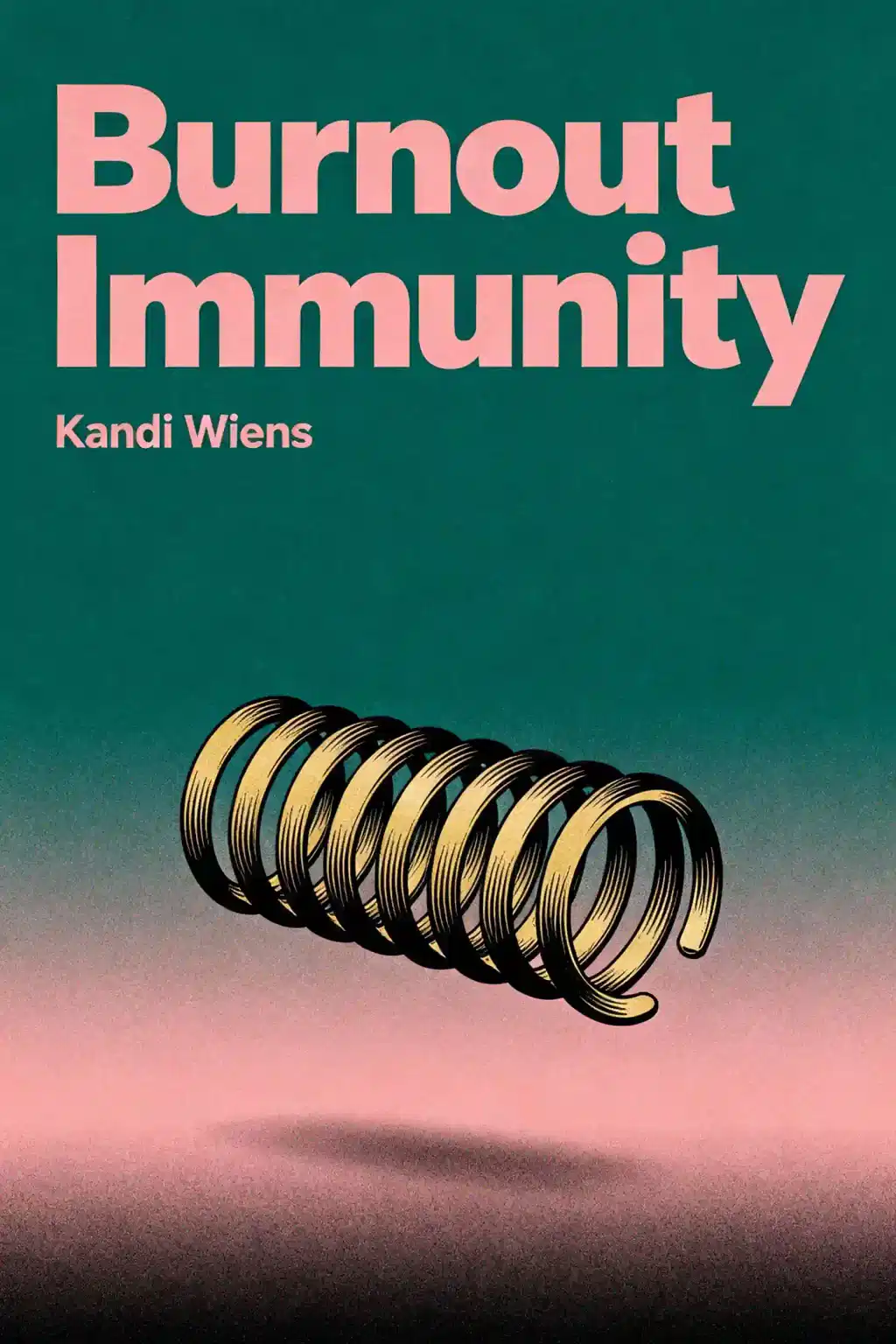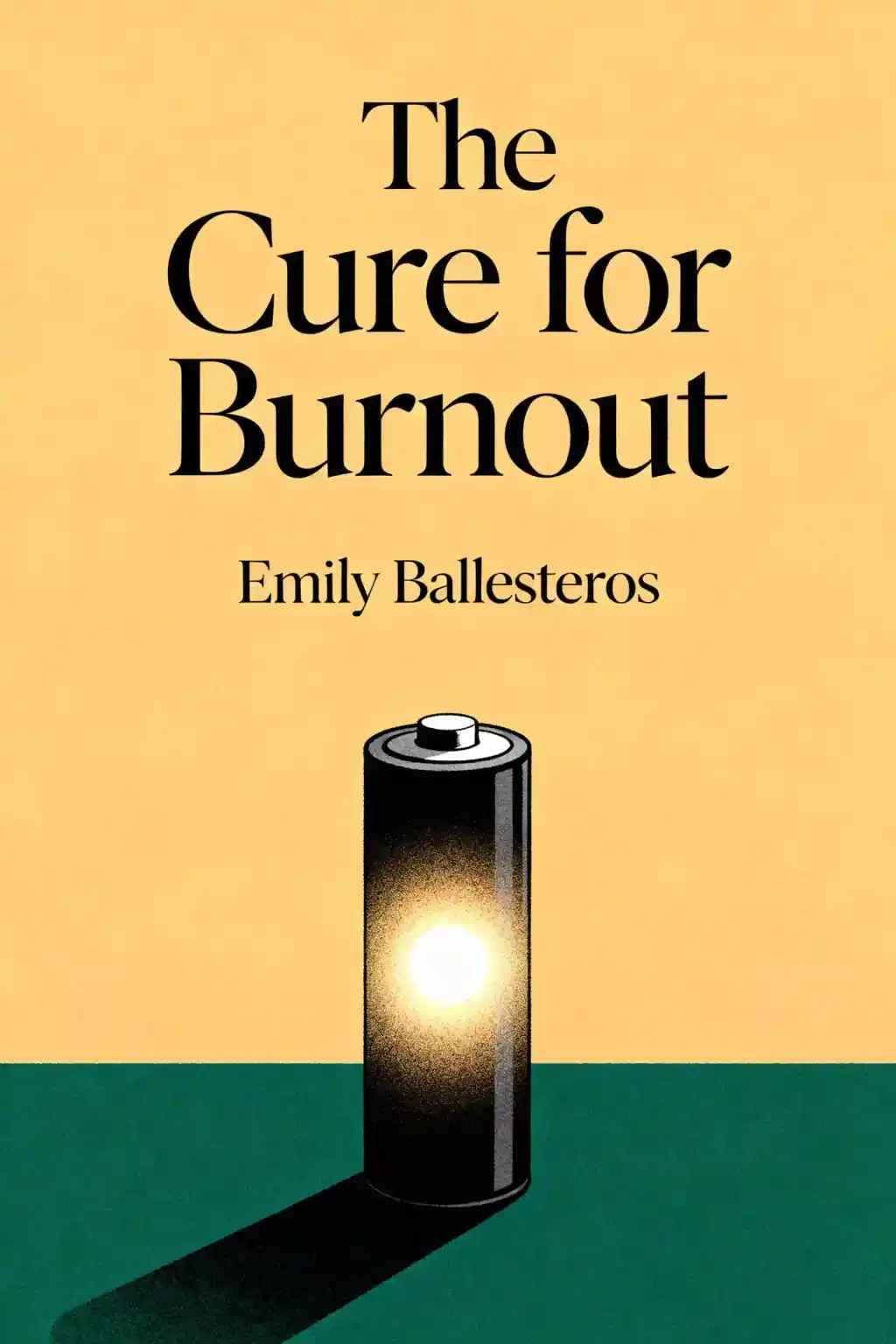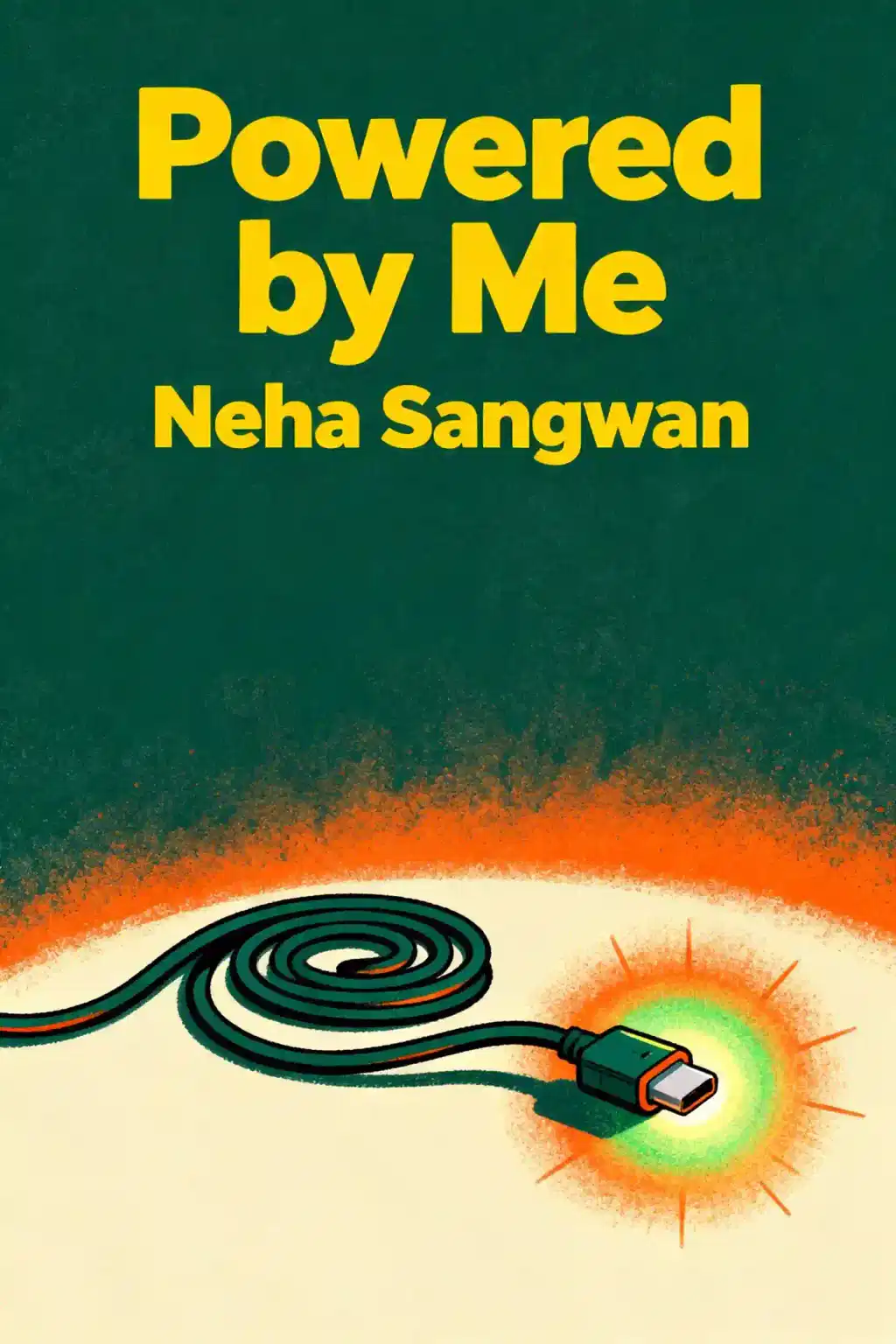What is
At Your Best by Carey Nieuwhof about?
At Your Best provides a framework to optimize time, energy, and priorities to avoid burnout and achieve sustainable productivity. Nieuwhof combines personal anecdotes with strategies like energy zones, the Thrive Cycle, and the Priority Matrix to help readers reclaim 1,000+ hours annually. Focused on aligning tasks with peak energy periods, it emphasizes saying "no" strategically to protect what matters most.
Who should read
At Your Best?
This book targets professionals, leaders, and anyone feeling overwhelmed by constant demands. It’s ideal for those seeking work-life balance, improved productivity, or burnout recovery strategies. Nieuwhof’s approach benefits entrepreneurs, parents, and individuals struggling to prioritize effectively in high-pressure environments.
Is
At Your Best worth reading?
Yes, for its actionable systems like energy-based task management and the Thrive Cycle. Readers praise its relatable storytelling and tools to regain control of schedules. Critics note it avoids systemic causes of burnout, but its focus on personal agency makes it valuable for practical self-improvement.
What are energy zones in
At Your Best?
Nieuwhof categorizes daily energy into:
- Green Zone: 3–5 peak hours for high-impact tasks.
- Yellow Zone: Moderate energy for routine work.
- Red Zone: Low energy for trivial tasks.
Aligning priorities with these zones boosts productivity while reducing exhaustion.
How does the Thrive Cycle work in
At Your Best?
The Thrive Cycle links three elements:
- Focused Time: Blocking peak hours for top priorities.
- Leveraged Energy: Matching tasks to energy levels.
- Realized Priorities: Aligning work with core passions.
This creates a self-reinforcing system to sustain performance without burnout.
What is the Priority Matrix in
At Your Best?
Nieuwhof’s Priority Matrix sorts tasks into four categories:
- High-impact and urgent.
- High-impact but not urgent.
- Low-impact and urgent.
- Low-impact and not urgent.
He advises prioritizing Quadrant 2 tasks to achieve long-term goals without reactive busyness.
How does
At Your Best suggest avoiding burnout?
Key strategies include:
- Protecting Green Zone time for critical work.
- Practicing "organized neglect" of low-priority tasks.
- Setting boundaries to decline non-essential commitments.
- Regular self-assessment to adjust energy allocation.
What does Carey Nieuwhof say about time management?
Nieuwhof argues time is fixed, but energy and priorities aren’t. His "Thrive Calendar" method pre-schedules high-priority tasks in Green Zones, while minimizing distractions like notifications. He advises admitting "I didn’t make time" instead of claiming "I don’t have time".
How does
At Your Best compare to
Atomic Habits?
While both focus on incremental change, At Your Best prioritizes energy management over habit stacking. Nieuwhof’s system targets time optimization for overwhelmed professionals, whereas Clear’s approach builds long-term routines. Readers call it "Atomic Habits meets deep productivity".
What are critiques of
At Your Best?
Some reviewers argue it overlooks systemic workplace issues causing burnout. Others find its prescriptive systems challenging for erratic schedules. However, most praise its practicality, with 79% of Goodreads reviewers rating it 4–5 stars.
What are key quotes from
At Your Best?
- "Your best hours are a non-renewable resource."
- "Burnout isn’t having too much to do; it’s doing too much that doesn’t matter."
- "Say ‘no’ to the unimportant to say ‘yes’ to the extraordinary."
How does
At Your Best redefine productivity?
Nieuwhof shifts focus from output volume to strategic energy investment. By prioritizing tasks that align with gifting, passion, and impact, readers achieve more meaningful results in fewer hours. This counters "hustle culture" by valuing sustainability over relentless effort.




